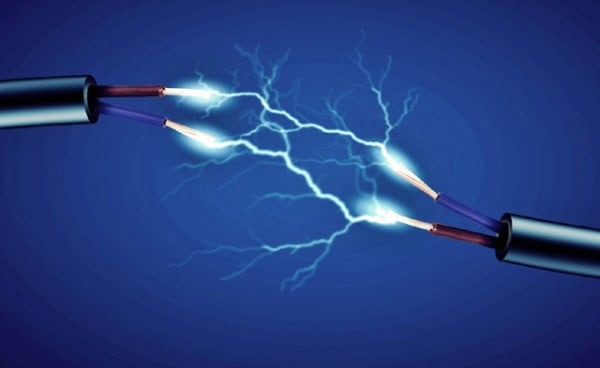When the lights flicker, it feels like something out of a spooky story. But what many people don’t know is that even a seemingly momentary power surge can cause serious damage to devices that are plugged in — even if that damage isn’t immediately visible to the naked eye.

Here are three key reasons why your electrical systems need surge protection sooner rather than later.
Reason #1: Consumers Often Pay for Surge-Related Damage
A Michigan resident named Vickie experienced the ill effects of a power surge back in 2014, which she shared with Consumer Affairs. First, her lights started to flicker. Then the walls started emitting popping noises. Her kitchen started filing with smoke because the stove was affected. Her furnace took a hit, too.
But when Vickie filed a claim with her energy company, it was denied because there was technically no negligence on the part of that company. What caused the surge was a tree falling on power lines, causing an outage which then caused a surge.
Vickie found herself on the hook for a $404 expense to replace the transformer in her furnace and lost her stove at an expense of $550. She notes that her neighbors also lost various appliances: TVs, stereos, microwaves, amplifiers, etc.
Some homeowners insurance might cover some of these costs, depending on the exact policy. But consumers can avoid the entire headache and expensive lesson by beefing up their surge protection ahead of an incident. After all, you’re talking about the wellbeing of hundreds if not thousands of dollars’ worth of devices: computers, routers, printers, lights, satellite/cable, stereos, mobile phones/tablets, security systems, outdoor lighting, pool equipment, kitchen appliances, and many more.
Reason #2: Surges Happen for All Kinds of Reasons
As we saw in the example above, damage to power lines can trigger a surge nearby consumers will feel. But that’s just one example. What else can cause power surges? Here are a few more reasons consumers experience power surges:
- Lightning: When lightning strikes nearby, it can cause a damaging spike in electrical current.
- A High-Powered Electrical Device Switching On: When devices with motors like refrigerators, air conditioners and space heaters turn on they can cause a surge.
- Utility Company Issues: Surges can originate from utility company equipment and malfunctions.
- Faulty Wiring: Worn or damaged wire fails to regulate electric current consistently, which can allow a surge to occur — and perhaps even a fire.
If you live in an area prone to storms and natural disasters that cause power outages, then you’re also vulnerable to surges when power is restored.
Reason #3: Power Strips Aren’t Enough
It’s a pretty common belief that plugging your devices into a power strip — rather than directly into the wall — will protect them from any surges that occur. But this is one myth that definitely needs busting.
First of all, there’s a difference between a power strip and a surge protector; not all power strips offer defense against surges. Power strips, while convenient in terms of creating a hub to plug devices in, do little to nothing to protect those devices in the event of a voltage swell.
There are surge protectors that look similar to power strips, but even many of these devices provide only low-level protection against spikes in current. A better bet is opting for Whole Home Surge Protective Devices (SPDs) from a provider like Schneider Electric because they operate at the load center, blocking the shock before it can travel throughout the circuit causing trouble.
Your electrical systems need surge protection because spikes in power are unpredictable, and basic power strips and wall outlets alone leave your appliances vulnerable.
 Gearfuse Technology, Science, Culture & More
Gearfuse Technology, Science, Culture & More


